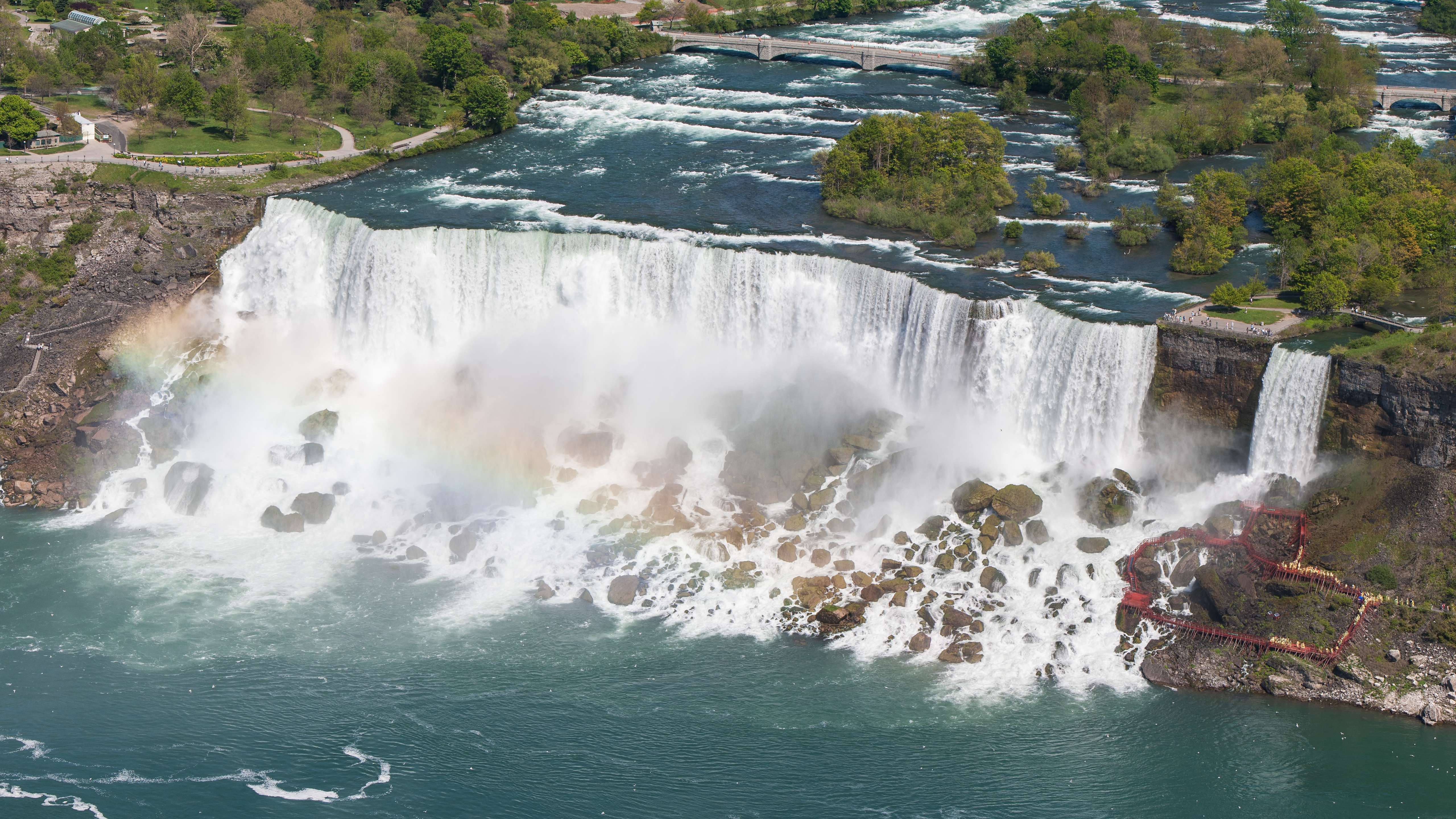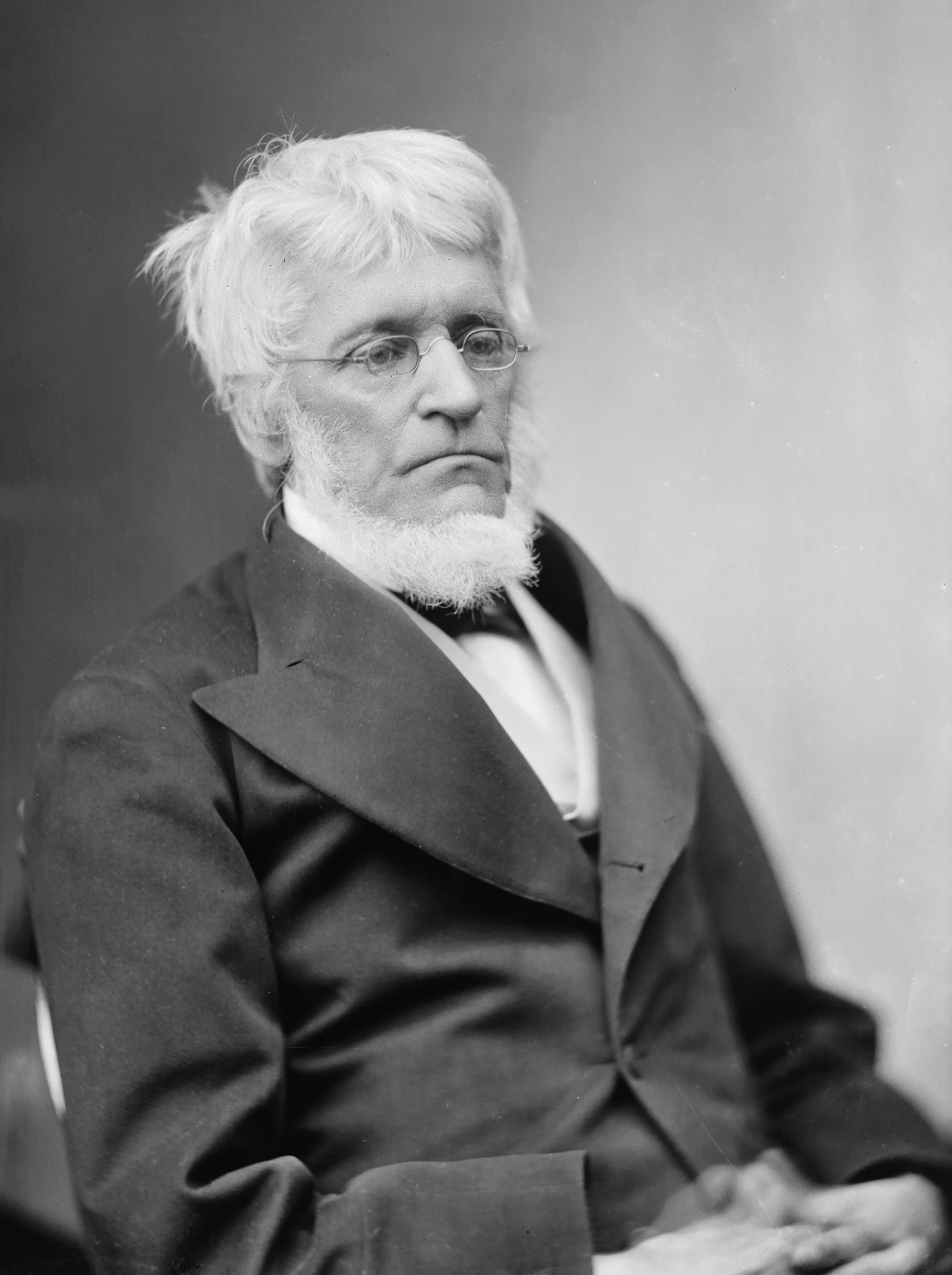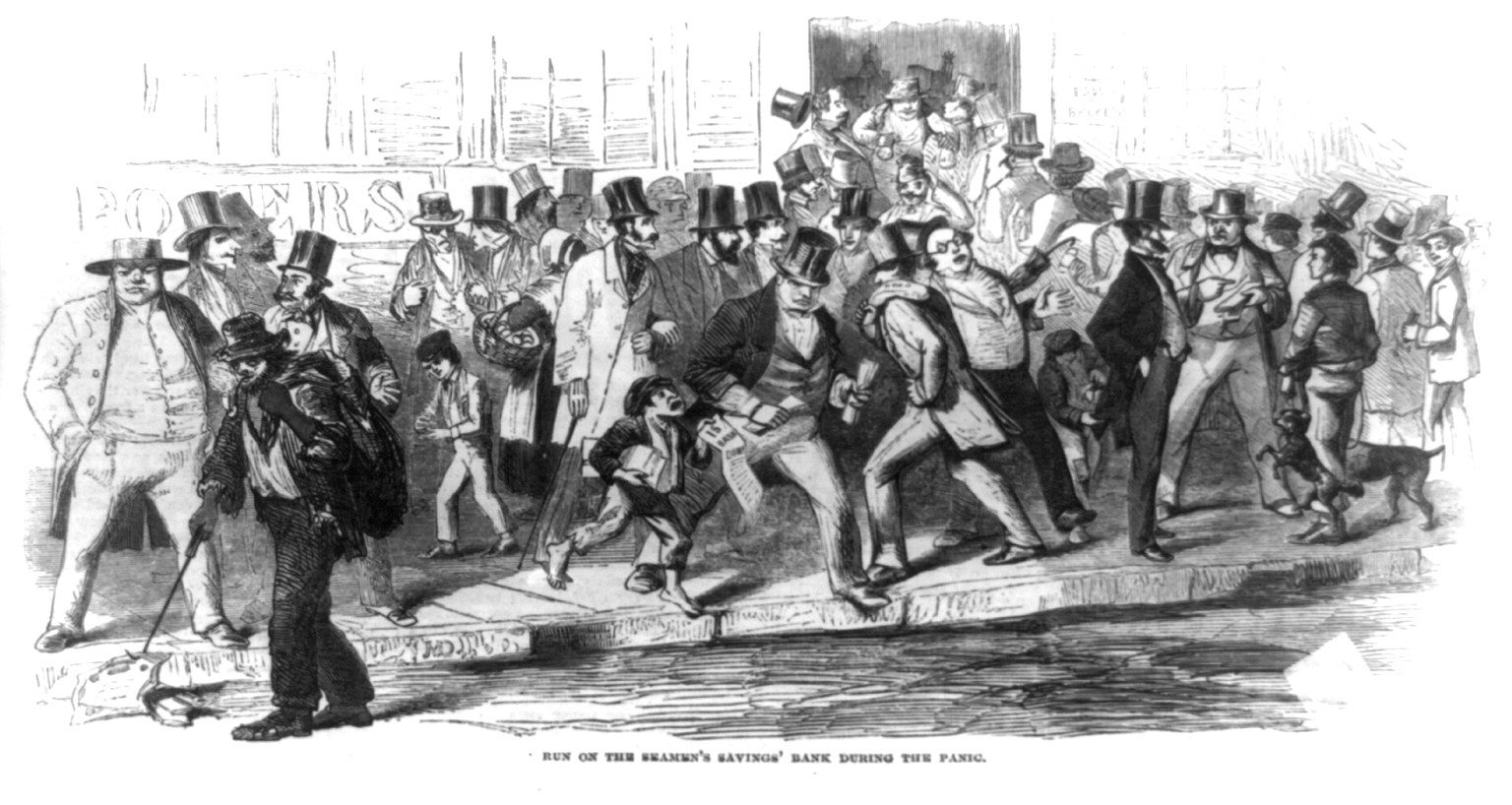|
Zachariah Allen
Zachariah Allen (September 15, 1795 – March 17, 1882) was an American textile manufacturer, scientist, lawyer, writer, inventor and civil leader from Providence, Rhode Island. He was educated at Phillips Exeter Academy and at Brown University, where he graduated in 1813. Allen became a textile manufacturer and, in 1822, constructed a Allendale Mill, woolen mill in which he incorporated innovative fire-safety features and his own mechanical improvements. He also built the first hot-air furnace system for the heating of homes. In 1833 he patented his best-known device, the automatic cut-off valve for steam engines. He founded the Manufacturers’ Mutual Fire Insurance Company in 1835, the forerunner of the present day insurance company FM Global. Allen was also a prolific writer of scientific texts and wrote numerous books and articles during his lifetime. Early life Zachariah Allen was born on September 15, 1795, in Providence, Rhode Island, to Zachariah and Anne (Crawford ... [...More Info...] [...Related Items...] OR: [Wikipedia] [Google] [Baidu] |
Providence, Rhode Island
Providence is the capital and most populous city of the U.S. state of Rhode Island. One of the oldest cities in New England, it was founded in 1636 by Roger Williams, a Reformed Baptist theologian and religious exile from the Massachusetts Bay Colony. He named the area in honor of "God's merciful Providence" which he believed was responsible for revealing such a haven for him and his followers. The city developed as a busy port as it is situated at the mouth of the Providence River in Providence County, at the head of Narragansett Bay. Providence was one of the first cities in the country to industrialize and became noted for its textile manufacturing and subsequent machine tool, jewelry, and silverware industries. Today, the city of Providence is home to eight hospitals and List of colleges and universities in Rhode Island#Institutions, eight institutions of higher learning which have shifted the city's economy into service industries, though it still retains some manufacturin ... [...More Info...] [...Related Items...] OR: [Wikipedia] [Google] [Baidu] |
Woonasquatucket River
The Woonasquatucket River (pronounced , Algonquian for "where the salt water ends") is a river in the U.S. state of Rhode Island. It flows approximately U.S. Geological Survey. National Hydrography Dataset high-resolution flowline dataThe National Map accessed April 1, 2011 and drains a watershed of . Together with the Blackstone River to the north, the Woonasquatucket was designated an American Heritage River in 1998. Both rivers played active roles in the industrial revolution and the history of Rhode Island in the 19th century. Evidence of this industrial history remains in the fact that there are 18 dams along the river's length. Course The river begins in the swamps west of Primrose Pond in North Smithfield and runs southeast past Primrose Pond to Stillwater Reservoir. Below the reservoir, the river continues southeast, providing water to numerous ponds, until going under Providence Place mall and joining the Moshassuck River in front of the One Citizens Plaza buildi ... [...More Info...] [...Related Items...] OR: [Wikipedia] [Google] [Baidu] |
Niagara Falls
Niagara Falls () is a group of three waterfalls at the southern end of Niagara Gorge, spanning the border between the province of Ontario in Canada and the state of New York in the United States. The largest of the three is Horseshoe Falls, which straddles the international border of the two countries. It is also known as the Canadian Falls. The smaller American Falls and Bridal Veil Falls lie within the United States. Bridal Veil Falls is separated from Horseshoe Falls by Goat Island and from American Falls by Luna Island, with both islands situated in New York. Formed by the Niagara River, which drains Lake Erie into Lake Ontario, the combined falls have the highest flow rate of any waterfall in North America that has a vertical drop of more than . During peak daytime tourist hours, more than of water goes over the crest of the falls every minute. Horseshoe Falls is the most powerful waterfall in North America, as measured by flow rate. Niagara Falls is famed for its b ... [...More Info...] [...Related Items...] OR: [Wikipedia] [Google] [Baidu] |
Cathedral Of St
A cathedral is a church (building), church that contains the ''cathedra'' () of a bishop, thus serving as the central church of a diocese, Annual conferences within Methodism, conference, or episcopate. Churches with the function of "cathedral" are usually specific to those Christian denominations with an episcopal hierarchy, such as the Catholic Church, Catholic, Eastern Orthodox Church, Eastern Orthodox, Anglicanism, Anglican, and some Lutheranism, Lutheran churches.New Standard Encyclopedia, 1998 by Standard Educational Corporation, Chicago, Illinois; page B-262c Church buildings embodying the functions of a cathedral first appeared in Italy, Gaul, Spain, and North Africa in the 4th century, but cathedrals did not become universal within the Western Catholic Church until the 12th century, by which time they had developed architectural forms, institutional structures, and legal identities distinct from parish churches, monastery, monastic churches, and episcopal residences. Th ... [...More Info...] [...Related Items...] OR: [Wikipedia] [Google] [Baidu] |
Protestant Episcopal Church
The Episcopal Church, based in the United States with additional dioceses elsewhere, is a member church of the worldwide Anglican Communion. It is a mainline Protestant denomination and is divided into nine Ecclesiastical provinces and dioceses of the Episcopal Church, provinces. The presiding bishop of the Episcopal Church is Michael Curry (bishop), Michael Bruce Curry, the first African-American bishop to serve in that position. As of 2022, the Episcopal Church had 1,678,157 members, of whom the majority were in the United States. it was the nation's 14th largest denomination. Note: The number of members given here is the total number of baptized members in 2012 (cf. #refBaptizedMembers2012, Baptized Members by Province and Diocese 2002–2013). Pew Research Center, Pew Research estimated that 1.2 percent of the adult population in the United States, or 3 million people, self-identify as mainline Episcopalians. The church has recorded a regular decline in membership a ... [...More Info...] [...Related Items...] OR: [Wikipedia] [Google] [Baidu] |
Roger Williams Park
Roger Williams Park is an elaborately landscaped city park in Providence, Rhode Island and a historic district listed on the National Register of Historic Places. It is named after Roger Williams, the founder of the city of Providence and the primary founder of the state of Rhode Island. History The land for the park was a gift to the people of Providence in 1872, in accordance with the will of Betsey Williams, the last descendant of Roger Williams to inherit his land. It had been the family farm and was the last of the original land granted to Roger Williams in 1638 by Canonicus, chief of the Narragansett tribe. The family farmhouse was built in 1773 and is now known as the Betsey Williams Cottage; the cottage and the Williams family burial ground (including Betsey's grave) are still maintained within the park. The original bequest consisted of about 100 acres. Additional land to the south was purchased in 1891 at a cost of $359,000, consisting mostly of unimproved land that w ... [...More Info...] [...Related Items...] OR: [Wikipedia] [Google] [Baidu] |
Butler Hospital
Butler Hospital is a private, non-profit, psychiatric and substance abuse hospital for adolescents, adults, and seniors, located at 345 Blackstone Boulevard in Providence, Rhode Island. The hospital is affiliated with the Warren Alpert Medical School of Brown University, and is the flagship for Brown University's renowned department of psychiatry. Butler Hospital was a founding member, along with Women & Infants Hospital and Kent Hospital, of the Care New England health system in 1996. History The facility was founded in 1844 as Rhode Island's first exclusively mental health hospital. Industrialist Cyrus Butler donated heavily to the hospital, and it was named in his honor. Local Yankee philanthropist Nicholas Brown, Jr. also bequeathed a large amount of money to construct a mental health hospital which was used to fund the early hospital. Butler Hospital's Gothic Revival complex was built beginning with its founding in 1844, and includes a 1731 farmhouse that stood on the proper ... [...More Info...] [...Related Items...] OR: [Wikipedia] [Google] [Baidu] |
Rhode Island Historical Society
The Rhode Island Historical Society is a privately endowed membership organization, founded in 1822, dedicated to collecting, preserving, and sharing the history of Rhode Island. Its offices are located in Providence, Rhode Island. History Founded in 1822, the Society is the fourth oldest state historical society in the United States (after the Massachusetts Historical Society, New-York Historical Society, and Maine Historical Society). The Rhode Island Historical Society was founded and funded by many of Providence's early Yankee philanthropists, including Moses Brown and Henry J. Steere. In 1854 the "Southern Cabinet" of the Rhode Island Historical Society became reorganized as the Newport Historical Society. As of October 2022, the organization’s executive director is C. Morgan Grefe, Ph.D., and the board chair is Robert H. Sloan, Jr. Description The Society has the largest and most important historical Rhode Island collection within its main library and two museums. Th ... [...More Info...] [...Related Items...] OR: [Wikipedia] [Google] [Baidu] |
Providence Athenaeum
The Providence Athenaeum is an independent, member-supported subscription library in the College Hill neighborhood of Providence, Rhode Island. The building is open to the public, but only members can check out items from the collection. The library was established in 1836 as a merger between two earlier subscription libraries: The Providence Library Company, founded in 1753, and the Providence Athenaeum, founded in 1831. It became "The Providence Athenaeum" by amendment to its charter in 1850. History In 1753, a group of private citizens started The Providence Library Company to gain access to a collection of books that they could not afford individually. Members paid a small subscription fee to the library to purchase books which all members could share. Stephen Hopkins, signatory of the Declaration of Independence, was a leading member of the early organization. Many of the early books had to be purchased from England. In 1758, a fire destroyed the majority of the first ... [...More Info...] [...Related Items...] OR: [Wikipedia] [Google] [Baidu] |
Johnston, Rhode Island
Johnston is a town in Providence County, Rhode Island, United States. The population was 29,568 at the 2020 census. Johnston is the site of the Clemence Irons House (1691), a stone-ender museum, and the only landfill in Rhode Island. Incorporated on March 6, 1759, Johnston was named for the colonial attorney general, Augustus Johnston. Geography According to the United States Census Bureau, the town has a total area of . of it is land and (2.91%) is water. Neighborhoods Neighborhoods in Johnston: Winsor Hill, Thornton (includes part of Cranston), Graniteville, Hughesdale, Morgan Mills, Manton, Simmonsville, Pocasset, West End, Belknap, and Frog City. History The area was first settled by English settlers in the seventeenth century as a farming community. In 1759 the town officially separated from Providence and was incorporated on March 6, 1759. Johnston was named for the current colonial attorney general, Augustus Johnston, who was later burned in effigy durin ... [...More Info...] [...Related Items...] OR: [Wikipedia] [Google] [Baidu] |
Panic Of 1857
The Panic of 1857 was a financial panic in the United States caused by the declining international economy and over-expansion of the domestic economy. Because of the invention of the telegraph by Samuel F. Morse in 1844, the Panic of 1857 was the first financial crisis to spread rapidly throughout the United States. The world economy was also more interconnected by the 1850s, which also made the Panic of 1857 the first worldwide economic crisis. In Britain, the Palmerston government circumvented the requirements of the Bank Charter Act 1844, which required gold and silver reserves to back up the amount of money in circulation. Surfacing news of this circumvention set off the Panic in Britain. Beginning in September 1857, the financial downturn did not last long, but a proper recovery was not seen until the onset of the American Civil War in 1861. The sinking of contributed to the panic of 1857, as New York banks were awaiting a much-needed shipment of gold. American banks ... [...More Info...] [...Related Items...] OR: [Wikipedia] [Google] [Baidu] |
Smithfield, Rhode Island
Smithfield is a town that is located in Providence County, Rhode Island, United States. It includes the historic villages of Esmond, Georgiaville, Mountaindale, Hanton City, Stillwater and Greenville. The population was 22,118 at the 2020 census. Smithfield is the home of Bryant University, a private four year college. History The area comprising modern-day Smithfield was first settled in 1663 as a farming community by several British colonists, including John Steere. The area was originally within the boundaries of Providence until 1731 when Smithfield was incorporated as a separate town. The town was named after John Smith, a first settler of Providence, according to thtown's official website Chief Justice Peleg Arnold lived in early Smithfield, and his 1690 home still stands today. There was an active Quaker community in early 18th century Smithfield that extended along the Great Road, from what is today Woonsocket, north into south Uxbridge, Massachusetts. This Quak ... [...More Info...] [...Related Items...] OR: [Wikipedia] [Google] [Baidu] |









